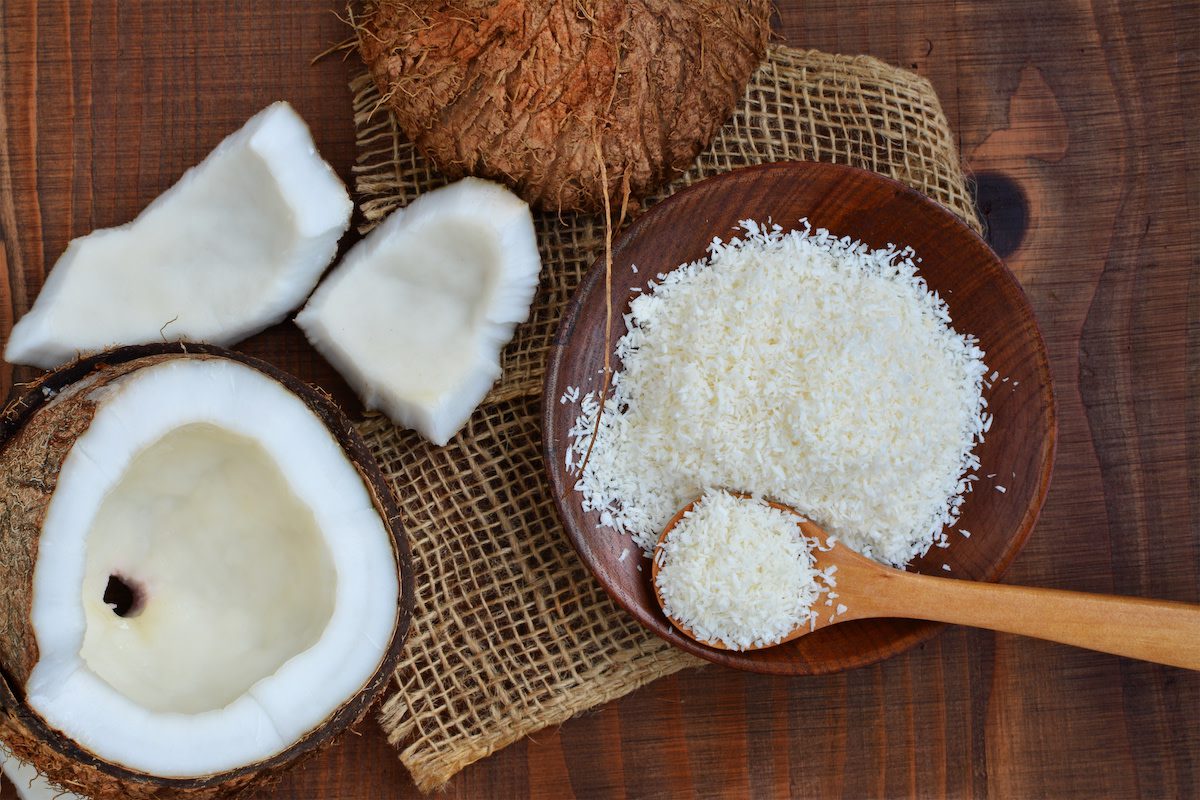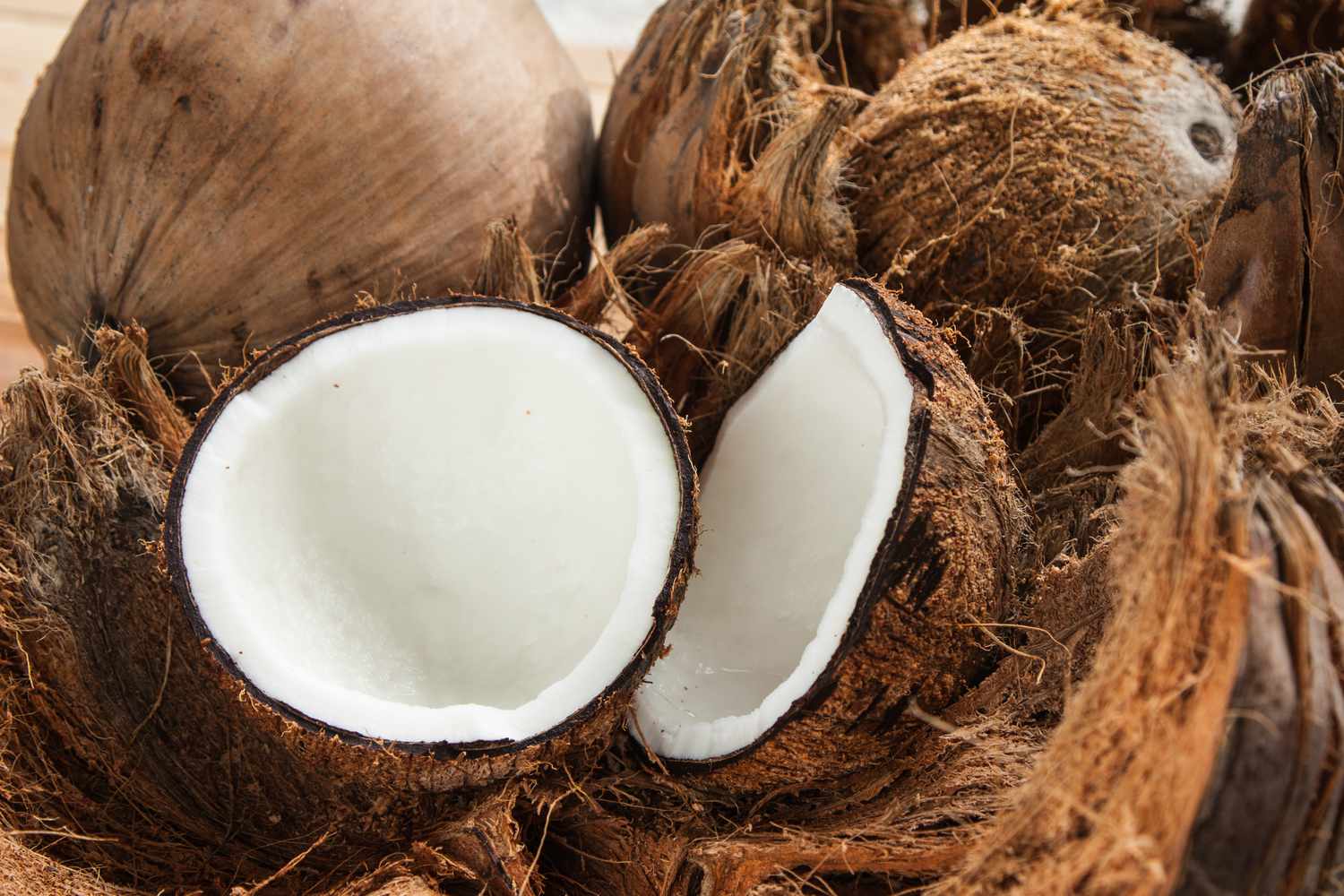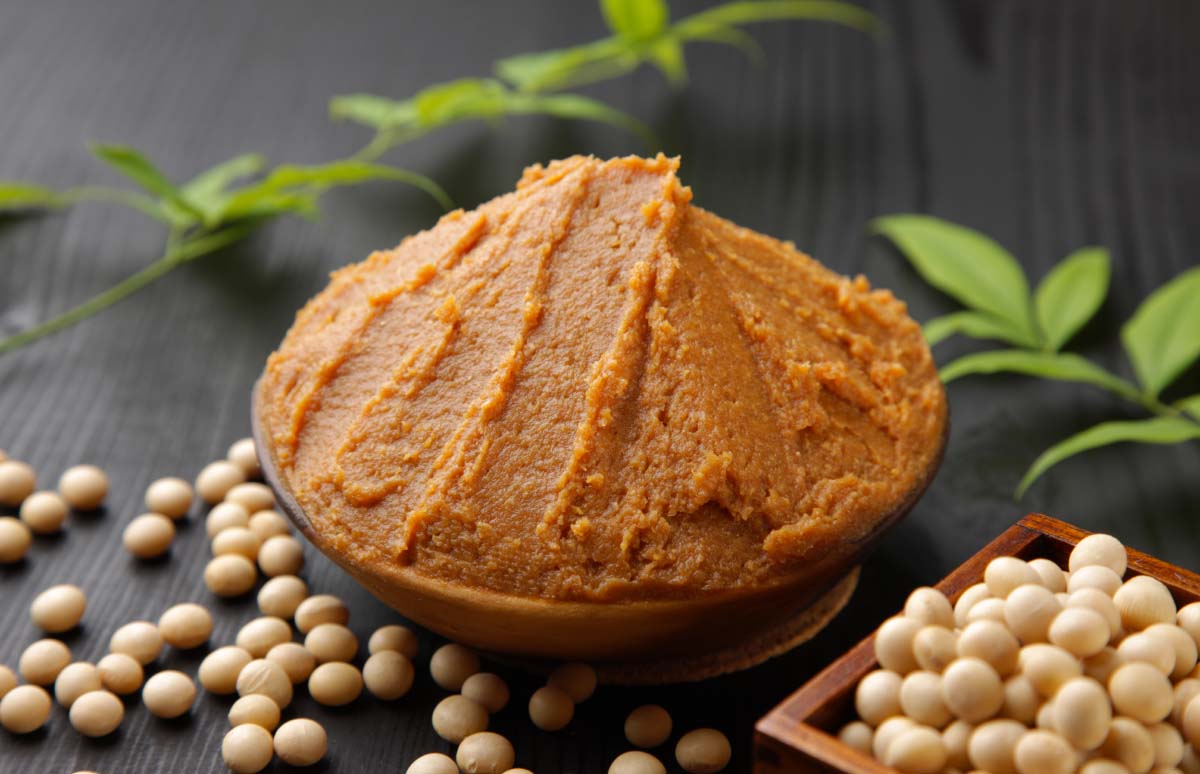Rebuilding Strength After a Crash: How Sports Training and Physical Therapy Help Recover from Motor Vehicle Accidents

Introduction
Motor vehicle accidents (MVAs) can be life-changing. Even when injuries seem minor at first, their effects can linger for months or even years. From whiplash and nerve damage to gastrointestinal issues and chronic joint pain, the trauma goes far beyond broken bones. Fortunately, sports training and physical therapy offer a proven path to healing. These targeted methods restore mobility and improve long-term health. Integrative approaches—such as chiropractic care and functional medicine—further strengthen this recovery by treating the whole person, rather than just isolated injuries.
Understanding the Impact of Motor Vehicle Accidents
Hidden Damage: More Than Just Broken Bones
Motor vehicle accidents can cause injuries that aren’t immediately obvious. Even low-speed collisions can lead to:
- Nerve compression or inflammation
- Musculoskeletal joint pain
- Back and neck misalignments
- Gastrointestinal trauma
- Balance and coordination issues
These injuries often develop over time, especially if left untreated. Whiplash, for example, might only seem like a sore neck at first—but it can lead to nerve irritation and chronic pain if not properly addressed. (IS Rehab, n.d.).
Chiropractic and Integrative Medicine: The Foundation of Holistic Recovery
Dr. Alexander Jimenez’s Dual-Scope Approach
As both a Doctor of Chiropractic and Family Nurse Practitioner, Dr. Alexander Jimenez specializes in diagnosing and treating complex MVA injuries in El Paso. His dual-scope expertise enables him to utilize advanced imaging and diagnostics—such as MRIs and musculoskeletal ultrasound—to identify underlying problems that general practitioners might overlook.
He also incorporates functional medicine, a method that views the body’s systems as interconnected. According to Dr. Jimenez, this approach helps pinpoint the root causes of chronic pain, nerve inflammation, or gut imbalances that can occur following a crash. (Jimenez, n.d.).
The Role of Physical Therapy in MVA Recovery
Why Movement Is Medicine
Physical therapy (PT) is one of the most effective tools for MVA recovery. PT doesn’t just treat symptoms; it corrects postural imbalances, reduces inflammation, and restores strength and flexibility. According to Advanced Orthopedic & Physical Therapy, physical therapy (PT) helps reduce nerve compression and improve joint mobility through targeted exercises, such as nerve glides and resistance training. (Advance Orthopt, n.d.).
Common PT treatments after MVAs include:
- Manual therapy to realign joints
- Stretching to reduce stiffness
- Strength-building exercises
- Balance and coordination training
- Gait retraining
Sports Training: Strengthening the Body Post-Injury
The Shift from Passive to Active Recovery
Sports training brings patients from passive recovery to active participation in their health. It includes:
- Bodyweight exercises like push-ups or squats
- Stretching and dynamic warm-ups
- Balance and agility drills
- Resistance band workouts
As the body heals, structured physical activity becomes essential. It helps stabilize joints, build muscular endurance, and boost cardiovascular function—all while decreasing the likelihood of re-injury (Sports PT Centers, n.d.).
Managing Nerve Damage After an MVA
Understanding Neurological Trauma
Injuries to the neck and spine can pinch or inflame nerves, leading to symptoms like:
- Tingling or numbness
- Shooting pain in limbs
- Muscle weakness
Chiropractic adjustments, nerve mobilization, and neuromuscular reeducation are all effective methods for managing these issues. Dr. Jimenez often uses digital motion X-rays and electromyography (EMG) to evaluate the extent of nerve damage before recommending treatments (Jimenez, n.d.).
Addressing Back and Neck Pain through Integrated Care
How Chiropractic and PT Work Together
Back and neck pain are among the most common complaints related to motor vehicle accidents (MVAs). Dr. Jimenez uses chiropractic care to realign the spine, reduce pressure on nerves, and support faster healing. He complements this with PT exercises aimed at restoring cervical and lumbar mobility.
Integrative care strategies may include:
- Soft tissue massage
- Spinal decompression
- Heat/cold therapy
- Core stabilization workouts
Together, these methods promote faster healing and improve long-term outcomes (Solutions Physical Therapy, n.d.).
The Gut-Brain Connection: Intestinal Injury After MVAs
A Lesser-Known but Serious Consequence
Not all injuries are external. Abdominal trauma from seatbelts or impact can cause intestinal bruising, bloating, or even motility issues. Stress hormones released after a crash may also disrupt the gut-brain axis, leading to chronic indigestion or constipation.
Dr. Jimenez uses functional lab testing and stool analysis to detect internal imbalances, often addressing them with:
- Anti-inflammatory diets
- Digestive enzymes
- Probiotics
- Manual visceral therapy
These approaches can help heal the gut from both physical and stress-related damage (PDF Source).
Rehabilitation Timeline: When Can You Start Moving?
From Rest to Regeneration
Patients often wonder when they can resume exercising. According to Maxwell Therapy, patients can begin gentle range-of-motion exercises within days of an accident, depending on the nature of the injury. Most rehab specialists recommend a progressive routine:
- Phase 1: Rest and Stabilization – Reduce swelling and protect injured areas.
- Phase 2: Light Movement – Gentle stretching and isometric exercises.
- Phase 3: Functional Exercises – Squats, lunges, light weights.
- Phase 4: Return to Sport or Activity – Full-body conditioning.
Delaying exercise can cause stiffness, muscle wasting, and postural dysfunction (Maxwell Therapy, n.d.).
How Dr. Jimenez Combines Legal and Medical Support
Injury Recovery Meets Documentation
One unique strength of Dr. Jimenez’s care in El Paso is his ability to merge medical treatment with legal documentation. Many personal injury cases require detailed reports, imaging, and prognosis notes for attorneys and insurance companies. Dr. Jimenez provides:
- Functional range-of-motion assessments
- Impairment ratings
- SOAP notes for legal use
- Narrative reports based on objective findings
His dual-scope licensure grants him the authority to order and interpret diagnostic tests, such as MRIs and CT scans, thereby strengthening both clinical care and legal claims. (Jimenez, n.d.).
Mental and Emotional Recovery: The Often-Forgotten Component
Addressing Psychological Trauma
After an MVA, it’s not just the body that suffers. Anxiety, PTSD, and depression are common. Exercise and chiropractic care naturally help regulate the nervous system by releasing endorphins and improving circulation. Functional medicine adds adaptogenic herbs and stress-reducing therapies like:
- Acupuncture
- Mind-body therapies (yoga, breathwork)
- Lifestyle coaching
This full-spectrum approach makes long-term recovery more attainable and sustainable (PDF Source).
Conclusion: Movement Is the Best Medicine
Recovering from a motor vehicle accident takes more than rest. It requires a structured plan—one that includes physical therapy, sports training, chiropractic adjustments, and integrative medicine. Dr. Alexander Jimenez in El Paso serves as a model for this type of care. His ability to combine clinical diagnostics with rehabilitative therapies and legal documentation ensures that patients recover physically and secure the support they need to return to their lives with confidence.
References
- Advance Orthopt. (n.d.). Motor vehicle accident injuries.
- Dr. Alex Jimenez. (n.d.). Functional Medicine & Chiropractic Expert.
- IS Rehab. (n.d.). Physical therapy services for motor vehicle accident injuries.
- Maxwell Therapy. (n.d.). What we treat: Motor vehicle accidents.
- ProCare Med Center. (n.d.). Best exercises after a car accident.
- Solutions Physical Therapy. (n.d.). Auto accident rehabilitation.
- Sports PT Centers. (n.d.). How to start exercising after a car accident.
- GTA KG. (n.d.). When can I work out after an accident?.













